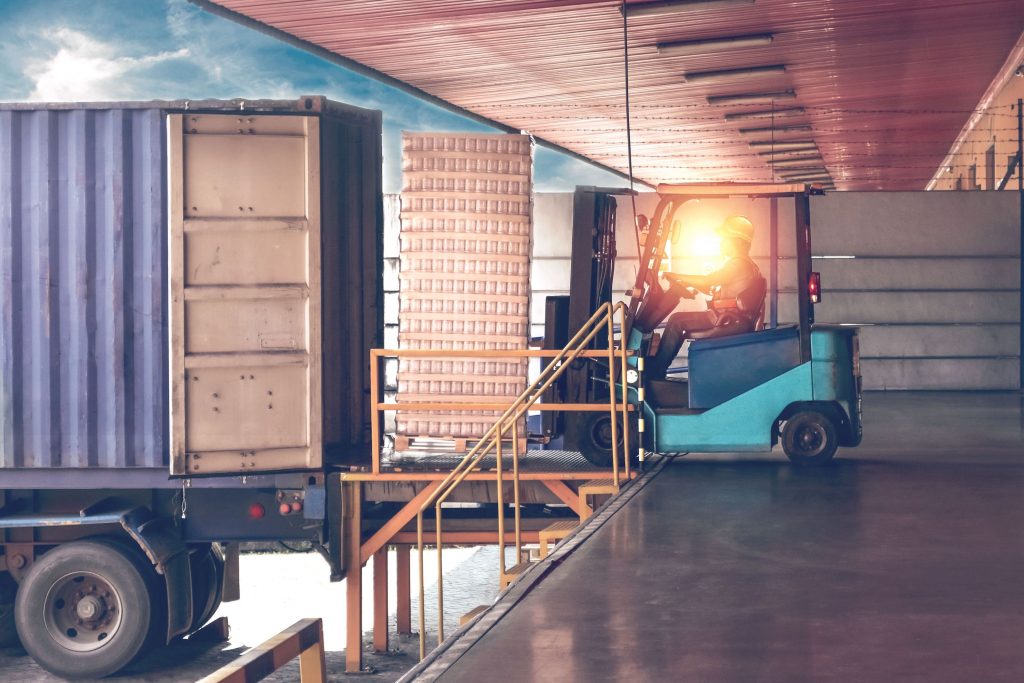Expert Tips for Peak Season Shipping 2022
The end of the summer and the start of school kicks off the beginning of the peak shipping season. If you’re a business owner or operate a logistics company, it’s essential to plan for the peak shipping season and figure out how you’ll succeed as things can get crazy business instantly. The biggest trend that has been emerging in recent years, is that peak shipping season is starting even earlier than it has in the past. In this post, we’ll take a look at how to succeed during peak season shipping, including how 2022 will look a bit different from years past when COVID was taking precedence.
When Is the Peak Shipping Season?
For shipping, peak season runs from mid-August until Thanksgiving. Many markets experience high demand during this time, which means more goods on the road. This period is particularly peak for the retail industry, where stores stock their shelves for back-to-school shopping and prepare for the coming holiday rush.
What to Expect from Peak Shipping Season
You can expect to see freight rates rise and freight capacity plummet during this peak season. That activity can raise significant challenges for retailers and all the more for those managing the supply chain and logistics.
What to Expect from Peak Season in 2022
With the negative impact of COVID pretty much in the past, we can look to a relatively orderly and routine holiday shipping season for 2022 for integrated carriers.
Leading into this peak, many carriers are building capacity and capability that is already showing up on the field with improved service performance. This peak should run smoother – but that doesn’t mean that there won’t be a few hiccups along the way.
While it’s true that the shortages of ships, containers, and personnel has slightly impacted the shipping industry, and there will inevitably be delays within the industry, this year will be much more normal than the past few we’ve experienced.
Also, given the current macroeconomic conditions and the impact on retail, the demand for last-mile delivery services and the timing of that demand remains difficult to predict.
An important strategy is for shippers to start early on their forecasts and work with the last-mile delivery providers to ensure they have capacity allocated for the expected volumes.
How to Prepare for Peak Shipping Season
How can businesses and logistic companies prepare for peak season shipping in 2022?

1) Think Outside the Box
Container shipping peak season can present challenges for overseas shipping. While airfreight can provide rapid service, Express LCL (“less-than-container”) shipments can offer a fast alternative at a price that’s less than airfreight. The point is that now may be an excellent time to consider every option to ensure fast, affordable shipping.
2) Factor in Delays
If booking with a carrier, factor in the entire transit time—from shipment pick up to delivery. Transit time may be significantly longer than shipping time alone, so it may be advantageous to allow additional transit time.
3) Rely on Technology
During the peak shipping season, you need every advantage you can get. For example, you can efficiently utilize a transportation management system (TMS) for your trucking fleet to optimize route planning and ensure efficient deliveries. You can also use other logistics technology to automate warehousing processes and inventory control, providing up-to-the-minute data on your entire operation.
4) Manage Customer Expectations
Shippers should also manage their customers’ or clients’ delivery timing expectations and make sure they know what is involved. Many retailers started adding messaging to their websites about possible delivery delays at the start of the pandemic. Over time with supply chain sourcing delays, labor shortages and capacity constraints on delivery, those messages have remained on most websites and have been added to many customer emails. This is a huge part of the retail industry but also the logistics industry as a whole.
5) Partner with a Logistics Provider
If you run a business, consider the benefits of partnering with a third-party logistics (3PL) provider. These organizations can assist you with every level of your supply chain, whether that includes shipping by sea, air, ground, or some combination of the three.
Preparing for Peak Holiday Shipping Season
When is Peak Holiday Shipping Season?

The peak holiday shipping season refers to the fourth quarter of the year, October through December when order and shipment volumes increase. This holiday shopping season and popular shopping days lead to much more orders to fulfill and more returns to process.
During this time, excessive online purchases disrupt supply chain efficiencies as online brands try to keep up with demand, manage inventory, and fulfill more orders, while carriers become busier than usual, working hard to deliver packages on time.
Since it’s the gift-giving season, eCommerce returns are a more significant issue during the peak shipping season.
Additionally, customers expect more from their online shopping experience (Amazon has a part in this), and those eCommerce companies who manage their logistics efficiently will bring in more customers and keep them coming back.
How to manage the peak holiday shipping season? Work with a 3PL!
Working with a 3PL like R2 Logistics during the peak shipping season will allow your company to improve operations, increase profitability, invest in technology, boost visibility, and enhance your customer experience.
The core order fulfillment services are pick, pack, and ship services, so work with a 3PL to upgrade yours! When a shopper orders through one of your sales channels, the order goes directly to your fulfillment warehouse. There, a picker finds the items for the order on the shelves. Then a packer selects the perfect box, packages the order, and applies the shipping label. Finally, the shipper makes sure the order gets picked up by the correct carrier when it’s ready to go. If your third-party logistics provider may offer same-day shipping, you just boosted your customer experience for any last-minute shoppers.
Returns in the supply chain world are also known as reverse logistics. ECommerce returns are unavoidable, but you can turn that responsibility over to your 3PL. Your return rate will depend on several factors, including the type of merchandise you sell. Products sized, such as clothing and shoes, have higher return rates, but your 3PL company can process those returns. Reverse logistics include inspecting returned items to stock damaged items or return items to inventory for resale. Reverse logistics can also decrease its time to make undamaged products available for purchase again.
With the exponential growth of eCommerce fulfillment, a rise in peak season orders shows no signs of slowing. Plus, researchers predict supply chain disruptions will continue. To prepare for the peak holiday shipping season, audit your warehouse as soon as possible. Prepare early so your team can upgrade technology and workflows and prepare for a successful season.
Partnering with an experienced 3PL like R2 Logistics can help make the chaotic holiday season more manageable, especially if you’re:
- Transitioning fulfillment from your home to a professional location
- Preparing to launch a new brand
- Looking to delegate warehouse management or taking a hybrid approach
Fulfilling holiday demand on your own is a challenge, and leasing your warehouse is expensive and time-consuming. The sooner you get started with R2 Logistics, the easier it will be.
Are You Prepared for Peak Shipping Season?
At R2 Logistics, we offer a suite of innovative logistics solutions to optimize your supply chain. Contact us today if you’d like to know more about how our services can assist your company. We can put you on the road (or the sea!) to succeed even during the most challenging season 2022 has to offer.
Curious about the other shipping seasons? Check out this video.
